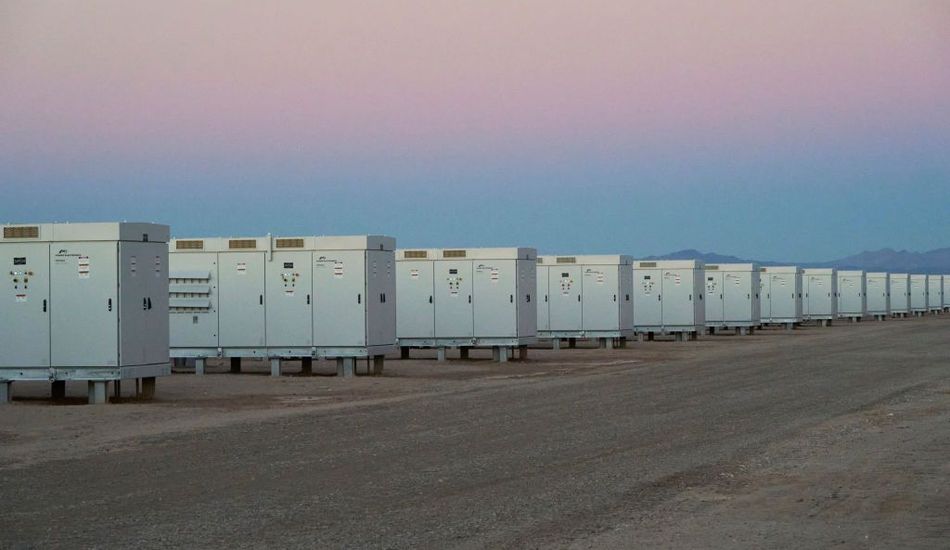
Grid-Scale Battery Storage Is Quietly Revolutionizing the Energy System
The traditional power grid, a massive and intricate system designed to deliver electricity on demand, is undergoing a significant transformation. For decades, the challenge has been to instantaneously balance electricity supply and demand, leading to an overbuilt infrastructure capable of meeting peak usage times. However, the advent of grid-scale energy storage, particularly through lithium-ion batteries, promises a more efficient and resilient energy future.
The Rise of Battery Storage
The United States has witnessed an extraordinary surge in battery storage capacity in recent years. Between 2021 and 2024, grid battery capacity increased fivefold, with 2024 seeing the installation of 12.3 gigawatts of energy storage. Current projections indicate a near doubling of new grid battery installations compared to the previous year. This growth has propelled battery storage capacity beyond that of pumped hydro, reaching over 26 gigawatts.
This expansion is not merely a technological feat; it is a necessity for integrating intermittent renewable energy sources like wind and solar. Without substantial energy storage, the transition to a decarbonized grid will be severely hampered.
Driving Forces Behind the Battery Boom
Several factors have contributed to the rapid growth of grid-scale battery storage. The most prominent is the dramatic reduction in the cost of lithium-ion batteries, coupled with an increase in their energy density. This decline in price is partly due to advancements in battery technology driven by the electric vehicle and mobile device industries.
Furthermore, the rise of renewable energy sources has created a greater demand for energy storage solutions. Batteries effectively mitigate the variability of wind and solar power, making them more reliable and dispatchable.
The Benefits of Grid-Scale Batteries
Grid-scale batteries offer numerous advantages, including:
- Frequency Regulation: Batteries can quickly respond to fluctuations in grid frequency, ensuring stability.
- Peak Shaving: They can store energy during periods of low demand and release it during peak demand, reducing strain on the grid.
- Demand Response: Batteries enable utilities to better manage demand by providing stored energy when needed.
- Microgrids: They facilitate the creation of localized power grids that can operate independently, enhancing resilience and providing power to remote areas.
In essence, grid batteries are instrumental in building a more decentralized and robust power system capable of withstanding disruptions such as extreme weather events.
Challenges and Future Prospects
Despite the remarkable progress, challenges remain. The majority of grid batteries are designed for short-term storage, typically ranging from two to eight hours. However, there is a need for technologies that can store energy for longer durations to address seasonal variations in demand.
Additionally, significant upfront investments are required for grid-scale energy storage projects, and regulatory hurdles and interconnection delays can impede their deployment. The availability and cost of raw materials for battery production also pose potential challenges.
Despite these challenges, the future of grid-scale battery storage looks promising. With ongoing advancements in technology, supportive policies, and increasing demand for clean energy, batteries are poised to play an increasingly vital role in transforming the power grid and enabling a more sustainable energy future. There is a strong case to be made that, eventually, storage could easily constitute 20 to 30 percent of the installed power capacity.
Source: Wired